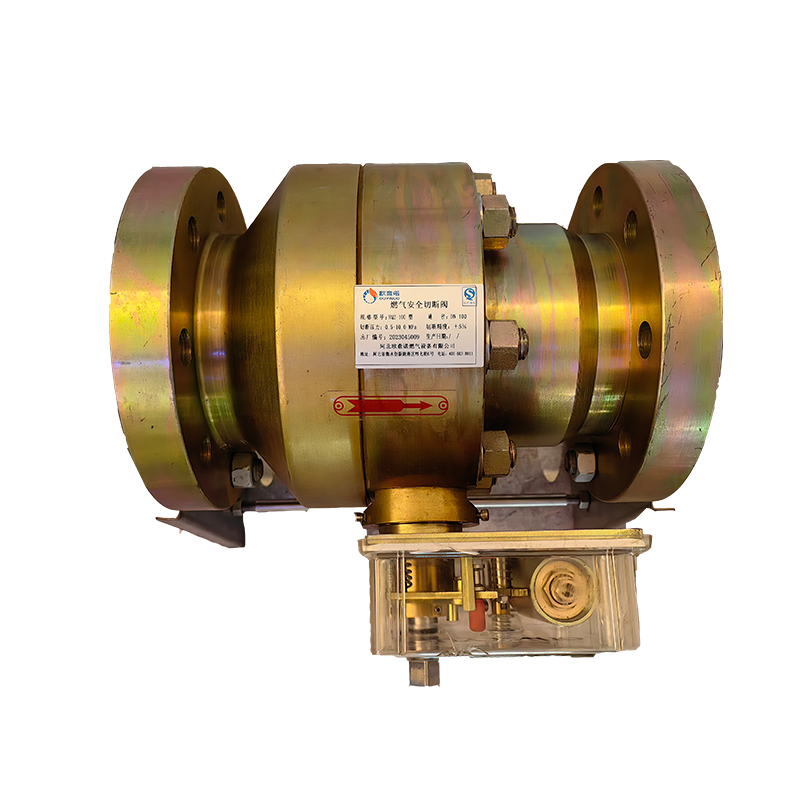
Dec . 15, 2024 11:03
Back to list
Thermal Exchange Systems for Gaseous Fluids in Industrial Applications
Understanding Heat Exchangers in Gas Applications
Heat exchangers play a crucial role in various industrial processes, particularly those involving gas. These devices are designed to efficiently transfer heat from one medium to another, enabling the effective management of thermal energy. In this article, we will explore the importance, types, and applications of heat exchangers specifically in gas applications.
What is a Heat Exchanger?
A heat exchanger is a system that facilitates the transfer of heat between two or more fluids without them mixing. The fluids can be either liquids or gases, and the heat exchange process is essential in maintaining operational efficiency and safety in many industries. In gas applications, heat exchangers are often utilized to recover waste heat, improve energy efficiency, and regulate temperatures in processes such as combustion, refrigeration, and HVAC systems.
Importance of Heat Exchangers in Gas Applications
1. Energy Efficiency One of the primary advantages of using heat exchangers is their ability to enhance energy efficiency. By recovering and reusing waste heat, industries can reduce the need for additional energy input, leading to significant cost savings and minimizing environmental impact.
2. Temperature Control Many industrial processes require precise temperature control for optimal performance. Heat exchangers help maintain the required temperatures by transferring excess heat away from sensitive equipment or by preheating gases before they enter a reaction chamber.
3. Operational Safety In gas systems, particularly those involving combustion, maintaining safe operating temperatures is critical. Heat exchangers prevent overheating, which can lead to equipment failure or hazardous situations such as explosions.
Types of Heat Exchangers
.
1. Shell and Tube Heat Exchangers These consist of a series of tubes, with one fluid circulating through the tubes and another fluid flowing around them. Shell and tube exchangers are robust and suitable for high-pressure applications.
مبادل حراري للغاز

2. Plate Heat Exchangers Made of thin plates stacked together, these exchangers provide a large surface area for heat transfer. They are compact and efficient, making them ideal for applications where space is limited.
3. Air Cooled Heat Exchangers These utilize air as the cooling medium, commonly used in processes such as natural gas processing. They are effective for dissipating heat into the atmosphere without the need for the cooling water.
4. Fin-Tube Heat Exchangers Featuring extended surfaces (fins) for enhancing heat transfer, these heat exchangers are often employed in gas-to-gas heating applications.
Applications of Heat Exchangers in Gas Systems
- Natural Gas Processing In the natural gas industry, heat exchangers are used to recover heat from gas streams, which can be reintegrated into the process to enhance efficiency.
- Power Generation In power plants, heat exchangers facilitate the transfer of heat between the flue gas and water, improving the overall thermodynamic efficiency of the system.
- Chemical Industries During the production of various chemicals, heat exchangers are crucial for controlling temperatures in reactors, distillation columns, and condensers.
- HVAC Systems In heating, ventilation, and air conditioning systems, heat exchangers help regulate indoor climates by transferring heat between the air and refrigerant gases.
Conclusion
Heat exchangers are vital components in gas applications across a wide range of industries. By facilitating the efficient transfer of heat, they contribute to energy savings, enhanced temperature control, and improved safety. As technology advances, the design and efficiency of heat exchangers continue to evolve, ensuring their integral role in sustainable industrial practices and energy management. Understanding the various types and applications of these systems is crucial for professionals in fields involving gas processing and energy management, highlighting the ongoing relevance of heat exchangers in modern industry.
Next:
Latest news
-
Safety Valve Spring-Loaded Design Overpressure ProtectionNewsJul.25,2025
-
Precision Voltage Regulator AC5 Accuracy Grade PerformanceNewsJul.25,2025
-
Natural Gas Pressure Regulating Skid Industrial Pipeline ApplicationsNewsJul.25,2025
-
Natural Gas Filter Stainless Steel Mesh Element DesignNewsJul.25,2025
-
Gas Pressure Regulator Valve Direct-Acting Spring-Loaded DesignNewsJul.25,2025
-
Decompression Equipment Multi-Stage Heat Exchange System DesignNewsJul.25,2025

